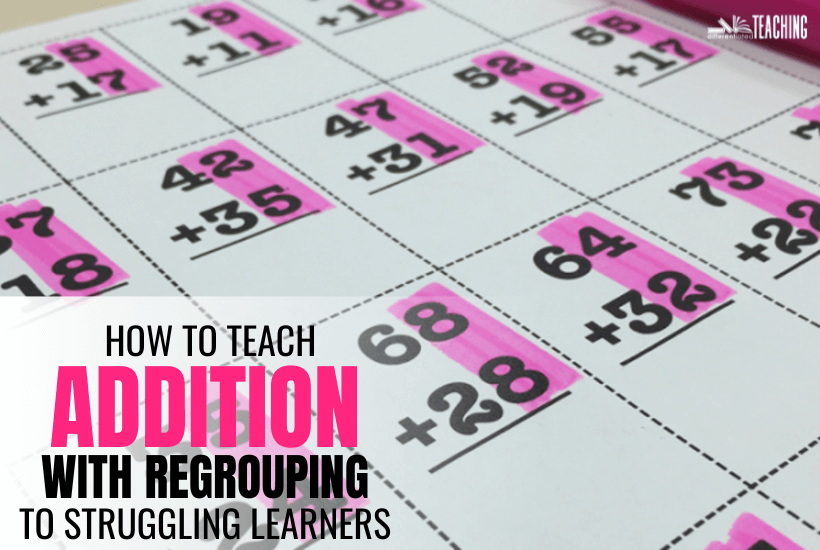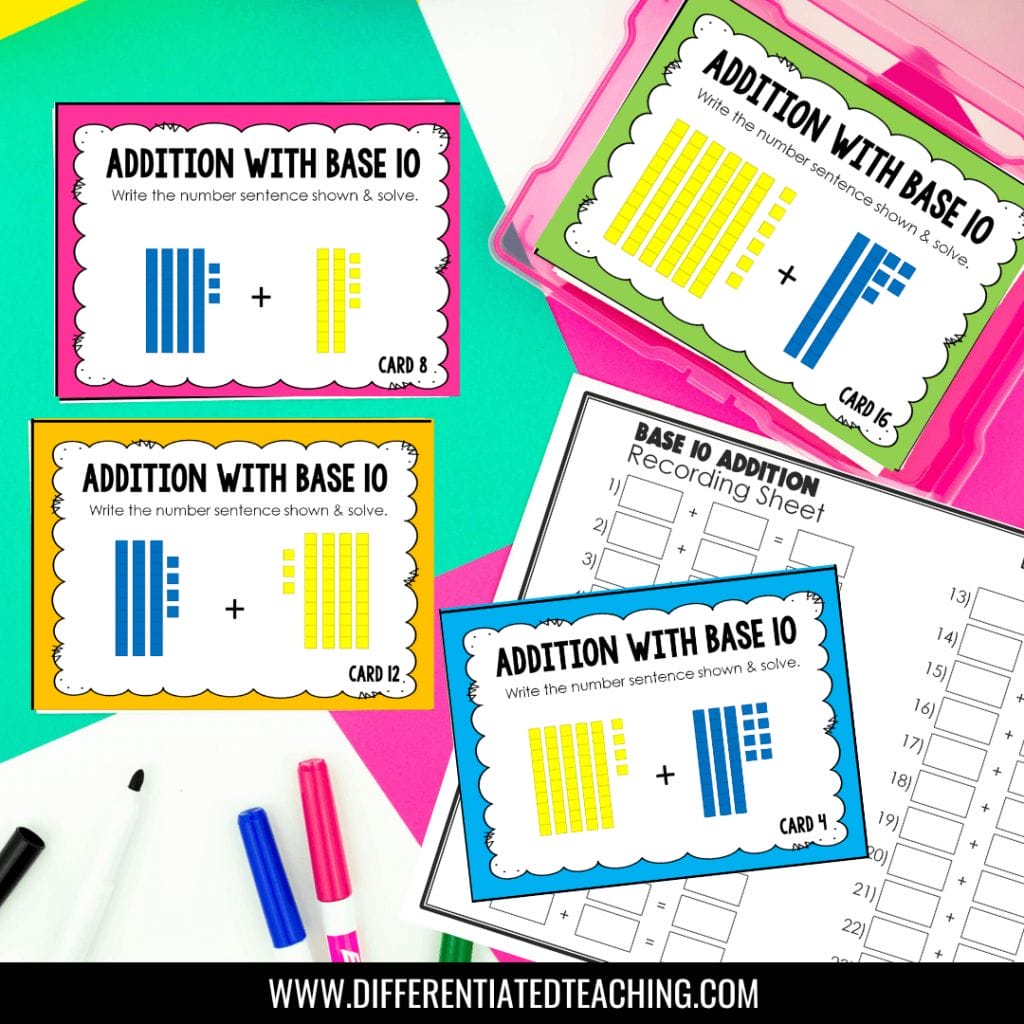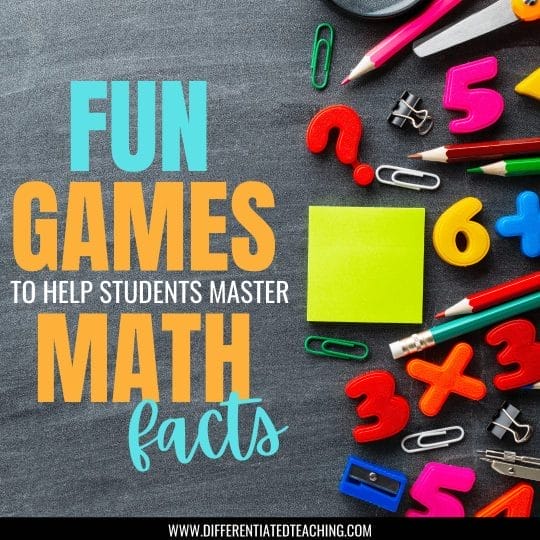How to Simplify Addition with Regrouping to Help Struggling Learners
Do you have students in your class who are struggling with double-digit addition with regrouping? If so, don’t worry! You’re not alone. Teaching this concept can be tricky, but there are several ways to help these students solidify the foundational concepts needed to be successful.

In this blog post, I’ll share five simple tips that will make teaching double-digit addition with regrouping a lot easier for both you and your students. I’ll also include a few examples to help illustrate these tips.
5 Tips to Help Struggling Math Students Conquer Double-Digit Addition with Regrouping
Supporting struggling learners can feel overwhelming, especially when you’re working on foundational concepts that will be needed for success all year long. These classroom-tested, research-based tips are designed to help you teach double-digit addition with regrouping in a way that helps your students get it. Implementing even one or two of these tips could make a big difference for your struggling math students!
Tip #1: Focus on Place Value to Introduce the Break Apart Strategy
Make sure your students understand the concept of place value before teaching them double-digit addition with regrouping. This is a critical foundation that will make understanding the concept much easier. You can review place value by having your students write out numbers in expanded form. Consider centers or classwide place value games like Place Value War.
Reviewing place value is important because it will help your students understand that in a number like 35, the “three” represents three tens or 30. This will be helpful when it comes time to regroup.
Breaking numbers down into their associated values can help struggling learners be more flexible with their addition strategies and helps promote computational fluency.
Tip #2: Get (and Stay) Hands-on with Base 10 Blocks
Manipulatives are a great way for students to visualize the concept of regrouping. Teaching with manipulatives can also make learning more concrete and tangible for your students.
Many different types of manipulatives can be used to teach this concept. Place value charts, number lines, and the hundreds chart are commonly taught strategies. However, Base-ten blocks are a classic choice and my personal preference due to their concrete/hands-on nature.

Since hands-on learning forms the foundation of conceptual understanding, these should be used until students can accurately solve double-digit addition problems with relative ease. This is because accuracy is the foundation of fluent computation.
Tip #3: Recognize that teaching double-digit addition on a hundred chart is a temporary gap filler.
Many math curricula use a hundred chart to teach double-digit addition. While I am not saying don’t do this, I caution you that it will not build the conceptual understanding needed for long-term success.
The main issue with this strategy is that it doesn’t represent what is happening when we regroup. When using a hundred chart, students are essentially just memorizing the positions of numbers on the chart. They’re counting down two rows for twenty with little recognition that it represents two tens. When they move to a new row, there is no reinforcement that this is regrouping.
So, if you’re going to use a hundred chart to teach this concept, do so as a temporary strategy while building a conceptual background. Then, make sure that you supplement it with other strategies that will help your students build a deeper understanding of what’s happening when we regroup.
Tip #4: Slow down to speed up….Don’t jump from hands-on to standard algorithm too quickly!
Hold off on switching from concrete or hands-on manipulatives to representational (or drawn) manipulatives until you see that students are confident and competent at the hands-on level. However, once accuracy improves, don’t completely abandon manipulatives while teaching double-digit addition with regrouping!
Instead, move from Base-10 blocks to having students draw the number in Base-10 format. Research shows this often skipped step can make a huge difference in long-term concept attainment. So, make sure your students have plenty of practice with this before moving on.
Tip #5: Use Graphic organizers to aid recall & understanding of the standard algorithm.
Once students are proficient at concrete and representational levels, they’re ready to jump to “just numbers.” Considered the abstract level of computation, this includes the standard algorithm. There is an assumption that by the time students reach this point, they have a conceptual understanding of regrouping.
However, students who seem ready for this move sometimes struggle to accurately record the sum they’ve found in one place. This is often the case with students who struggle with visual-motor integration and dysgraphia. A strategy to help with this is to draw a bubble off (or two boxes) to the right side of the problem, as shown below.
From there, students can record their sum in one place. Then, put the tens above the tens column and the ones below the ones in place.
Looking for Printable Activities & Classroom Resources for Teaching Double-Digit Addition with Regrouping?
The tips above can make a big difference for students struggling with addition with regrouping. If you need more support, I’ve also created several resources and fun activities to help you out.
Click on the images to check them out now:











